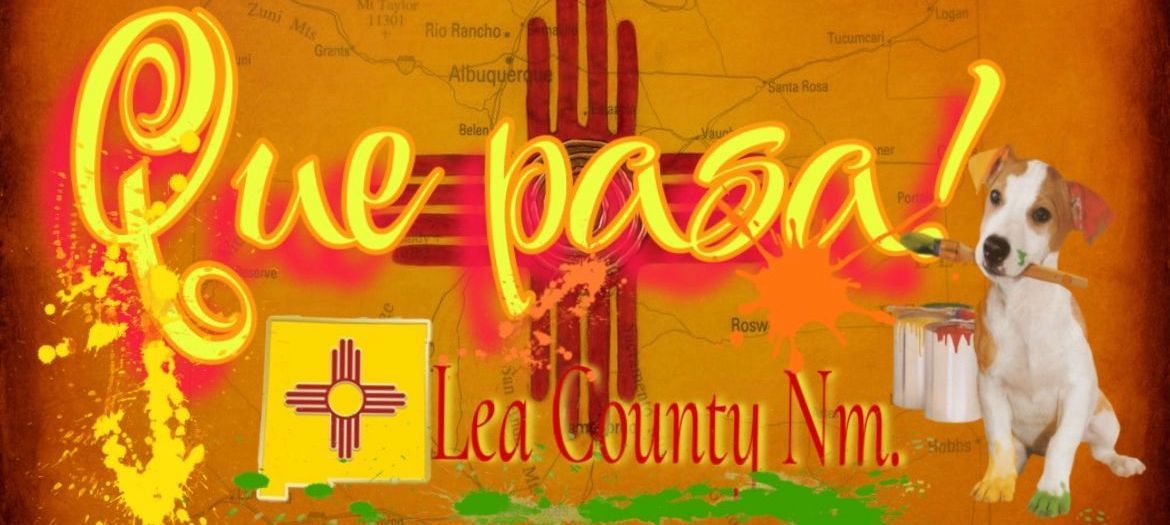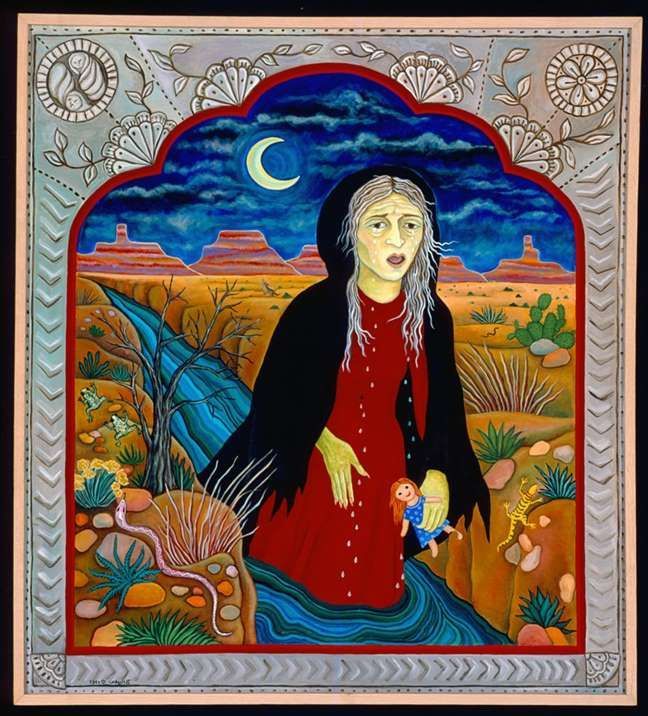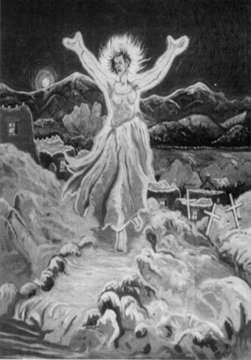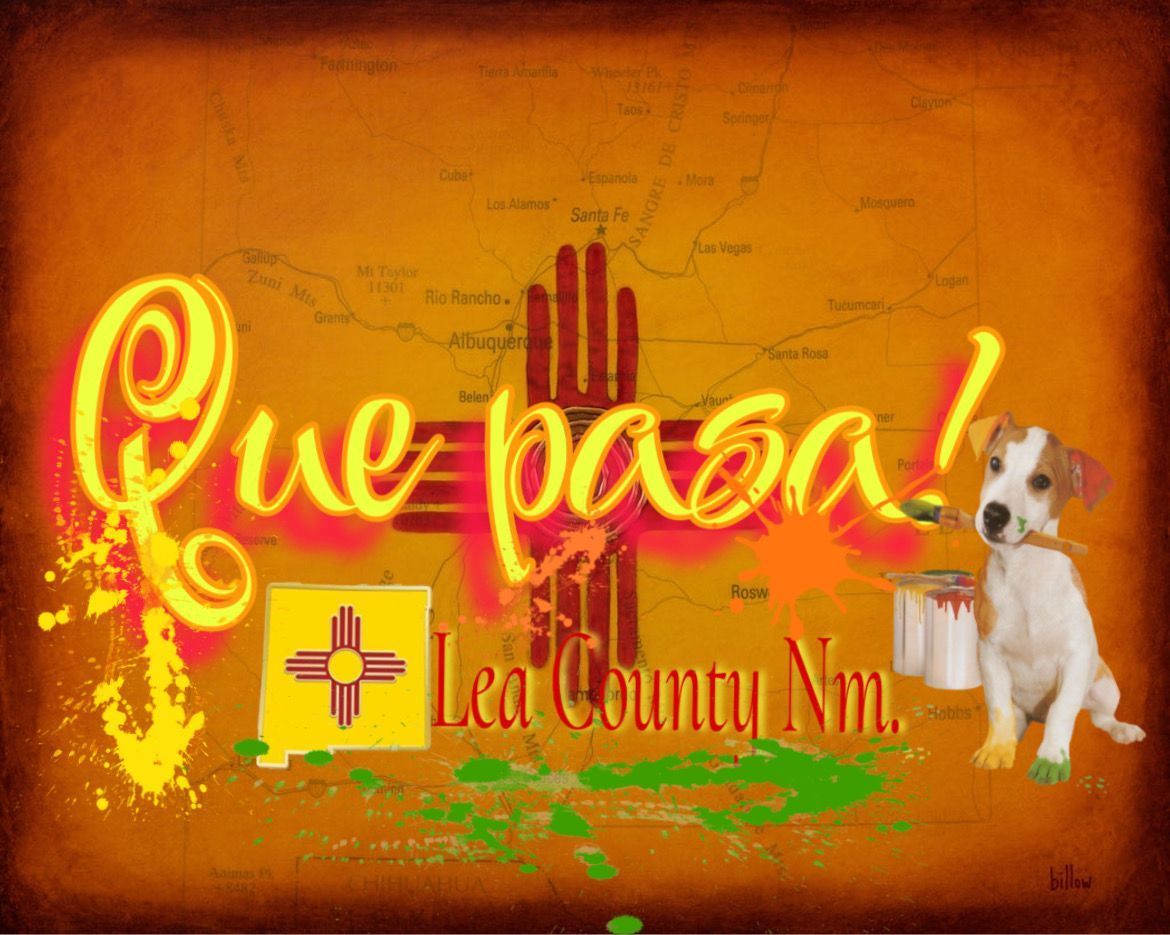La Llorona (Latin American Spanish: la llorona the Crying Woman, the Wailer is a vengeful ghost in Mexican folklore who is said to roam near bodies of water mourning her children whom she drowned in a jealous rage after discovering her husband was unfaithful to her. Whoever hears her crying either suffers misfortune or death and their life becomes unsuccessful in every field.
Origins
Known for being Maltinzin in her original nomenclature, today, the lore of La Llorona is well known in Mexico and the southwestern United States.
The earliest documentation of La Llorona is traced back to 1550 in Mexico City [citation needed]. But there are theories about her story being connected to specific Aztec mythological creation stories. "The Hungry Woman" includes a wailing woman constantly crying for food, which has been compared to La Llorona's signature nocturnal wailing for her children. The motherly nature of La Llorona's tragedy has been compared to Chihuacoatl, an Aztec goddess deity of motherhood. Her seeking of children to keep for herself is significantly compared to Coatlicue, known as "Our Lady Mother" or Tonantsi (who's also comparable to the Virgen de Guadalupe, another significant mother figure in Mexican culture), also a monster that devours filth or sin.
The legend of La Llorona is traditionally told throughout Mexico, Central America and northern South America. La Llorona is sometimes conflated with La Malinche, the Nahua woman who served as Hernán Cortés' interpreter and also bore his son. La Malinche is considered both the mother of the modern Mexican people and a symbol of national treachery for her role in aiding the Spanish.








